Indie Horror: Recent Rise of a Meta-Genre
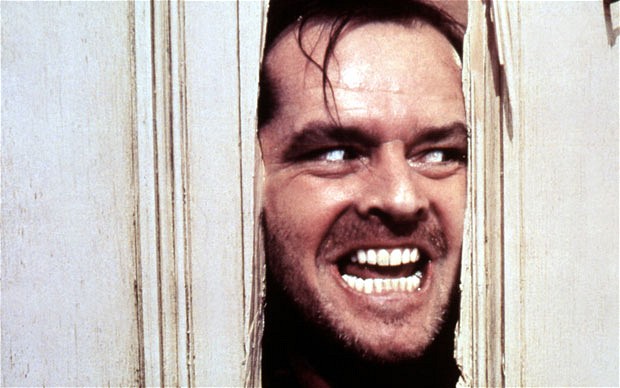
The new wave sub-genre of Indie Horror has been on the rise recently. With many critic hits flipping the conventional horror story on its head, many people whose expectations have been shattered time and time again, have seen a beacon of hope on the horizon. Audiences are starting to see horror as something much more visceral and experimental rather than linear and straightforward. While many modern horror movies have fallen into a canvas of repetition, few stand out and defy the conventions of the genre like never before.
Early Works
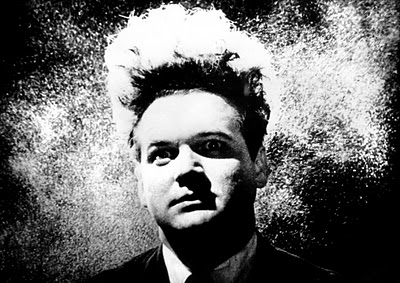
Perhaps this low key film movement started with the now cult classic Eraserhead, written and directed by the infamous David Lynch. Lynch’s signature disturbing and cinematic style was very much a kick-starter for something much bigger than itself, and would eventually influence many modern auteur filmmakers today. Most prominently, Eraserhead moved away from the typical jump-scare techniques which have been extremely over-used in many popular horror films today, and instead introduced a slow, unnervingly and truly disturbing narrative. Lynch also incorporated strange effects in sound design to unnerve the audience even further; pushing them into his strange transformative experience.
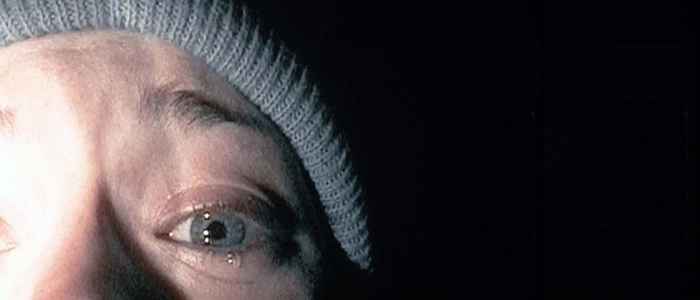
Fast-forward about 20 years to the premiere of The Blair Witch Project, written and directed by Daniel Myrick and Edwardo Sánchez. Myrick and Sánchez’s signature “found footage” cinematography aesthetics have been mirrored countless times since this wildly original horror flick. This framed tale of a documentary-gone-wrong introduced to audiences a sense of realism to the supernatural events they “captured” on videotape. Notably, The Blair Witch Project fully utilized location and environment to propel the physical and cerebral horror of the haunting and distressing tale.
Modern Achievements
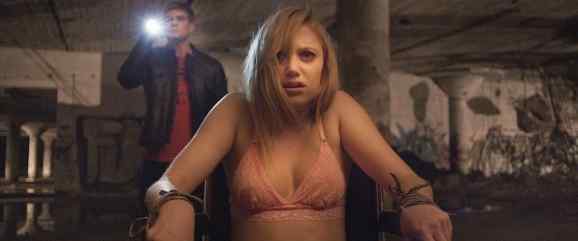
It Follows, written and directed by David Robert Mitchell, was an instant horror classic upon its release; while completely re-shaping itself unlike anything seen before, it was also an ode to the traditional aspects of the genre. Many of the iconic shots throughout the film are in reference to Stanley Kubrick’s infamous horror masterpiece The Shining, through symmetrical framing and distinct steadicam shots in the nearly two hour odyssey. One particular directorial choice made by Mitchell (which made the film unforgettable) was to incorporated zooming in very slow on the “it” that may be following our characters, and to do this even when their was nothing there. This alternative made audiences feel psychologically uncomfortable while scanning the screen for something that wasn’t there.
Mitchell also used the film as a veiled critique of many modern horror films’ lazy techniques and bland storytelling. The fact that the concept for It Follows came to Mitchell from a recurring childhood nightmare adds another level of terror to the already traumatic idea of something constantly following you. While upon its release the film had a love-or-hate response from viewers, but the film got the attention of all audiences regardless, and shook something new and bright into the genre.
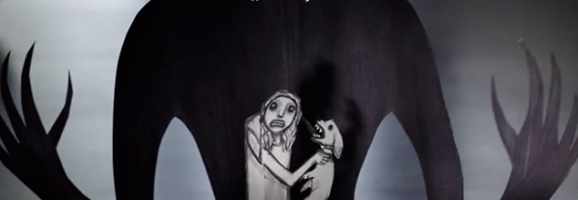
This would be followed up by the much more surreal Australian film The Babadook. While it was not as visceral as It Follows, The Babadook was groundbreaking not only for Australian Cinema, but for the fast growing indie horror genre as a whole by introducing creative forms of visual effects into it’s creature complex, and through interesting flashback sequences throughout the film that layered it with ambiguity. This is not so common in horror films, making this a daring attempt that deserves the viewers attention. Highly theme and concept heavy, The Babadook would also contrast it’s spectacle with its dark, underlying melancholic themes.
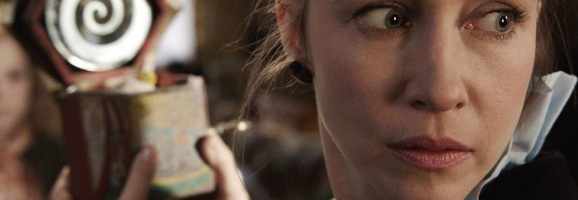
A largely popular and memorable modern success was The Conjuring, directed by James Wan; while on the surface it looked like another Sinister, it broke a few boundaries and went farther than it’s horror counterparts, giving its craving demographic something refreshing through a more rounded story involving characters of depth. James Wan advertised his diverse talent by being able to deliver a completely different feeling horror drama (The Conjuring) from his already established signature series (Insidious).
Arguably some of the best character development and dimension recently seen in demon-possession horror films, The Conjuring definitely held-up its weight with a more captivating tale than was expected. A wonderful sweep forward in the demon-possession realm of horror.
Modern Disappointments
Films like Insidious, Sinister, and Paranormal Activity have been equally important in this growing movement, despite the fact that the films themselves have not been on the successful side of it.
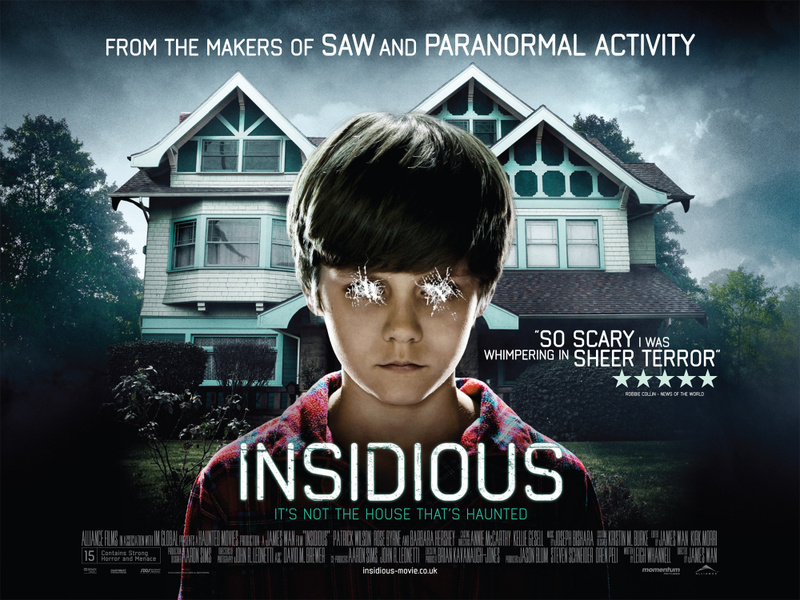
While the first Insidious truly horrified genre fans (in a successful way), the second and third would fall short of the first’s risks and shock-value. James Wan (Insidious, Insidious: Chapter 2) was able to successfully deliver a distinct aura in his stylish horror franchise which, did however start to decline after the first installment. The Sinister films would sadly follow the trend of the second and third Insidious; using old-age cliché narratives and unoriginal story-telling techniques that had already been seen and felt before.
The many Paranormal Activity’s have proven that simply making slight changes in environment and characters, while hinging on the exact same plot and situation, does not deliver a different tale time and time again, leaving viewers momentarily satisfied at best. With the sixth Paranormal Activity: The Ghost Dimension, right around the corner, it’s easy to reflect upon the decrescendo of the saga. With the box office success of the original Paranormal Activity, producers and executives’ eyes were opened wide to the potential gain of these films due to their audience appeal. The studio’s involvement as this series progressed is perhaps one of the defining reasons why the series, and all films, become more bland and soulless (no pun intended). With the producer’s cramming money down the hired filmmaker’s throats, there was no real push for the films, only financial incentive.
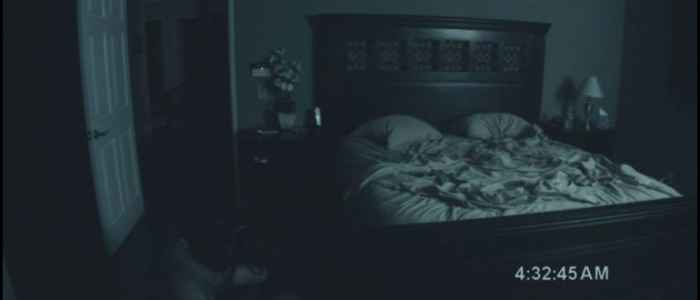
It is important to recognize the importance of these films. More that anything, they shoved audiences into a rut, and bored with horror. This would work out beautifully as the indie spectrum of horror would sky rocket out of this abyss soon after the genre’s temporary plummet. Making audiences tired and bored with most of the horror films coming out in the 2000s made genre fans very hungry; craving something new and stimulating. And thus, due to a couple highly successfully films, the growing interest in modern indie horror would begin.
The Future
The future is looking very bright. With these few indie breakouts, even big time filmmakers like Guillermo Del Toro has responded with his new fantasy horror drama Crimson Peak, spreading new wave horror into a more popular field. Countless new critic raved indie horror films such as Goodnight Mommy, The Boy, and The Witch have genre fans too excited to wait. All these films look to embody new styles on what was, for a short time, a boring and typical genre.
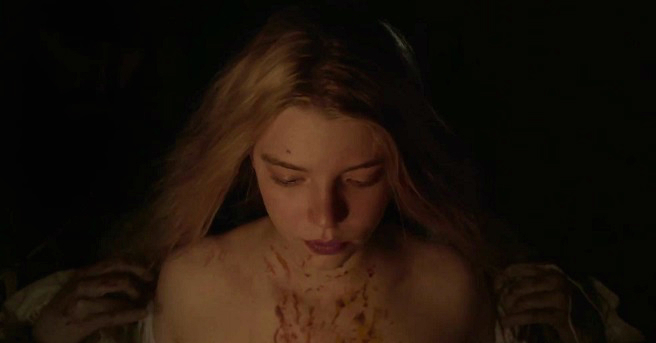
These new films also seem to capture the psychology of horror, and move away from the extremely common demon-possession story that fans are far too familiar with. Many horror filmmakers are starting to incorporate more and more cinematic techniques in relation to the disturbing tales they are trying to communicate, which has leading to many great and original works of art in the genre.

The goal of a horror film should be to distill into the audience a feeling of distress and haunting contemplation rather than momentary fright; this is the direction the meta-genre is headed. Indie horror has been let off it’s hinges, and with a very passionate fan base craving new films, the genre can only grow and prosper from here.
What do you think? Leave a comment.










The annoying thing about these horror movies is that they always feature tiresome american college teens/youths. Don’t ghosts/demons ever bother normal adults?
While I do agree, It Follows did follow a group of teen friends in the suburbs of Detroit, and I loved the story. But I do agree most of the time the characters in horror films are obnoxiously type casted, and have a grossly fabricated charisma
They aren’t tiresome college teens. Not really. One of the interesting aspects of the film – at least in the visuals, is that it at first appears as a typical American suburb from a John Carpenter film but the more you watch the more the cracks show.
You need to watch The Babadook. It features a relatively normal woman in her thirties being haunted.
It’s excellent to see some interesting, exciting horror films coming through – hopefully we can finally move away from “quiet, quiet BANG”/gore horror films.
Couldn’t agree more, the “quiet, quiet BANG” is the lazy man/woman’s horror
I really want to watch some of these. Horror is interesting to me.. but I’m easily scared…
Looking forward to watching these.
It’s more suspenseful horror than pure horror nowadays.
Well, I really can’t understand all those positive comments regarding “It Follows”. There were many better features, which somehow caught the sole purpose of a horror movie (to scare) way better, than this one. But that’s just my opinion – maybe it just didn’t meet my expectations, since the positive reviews provoked high hopes for it.
I loved it. It wasn’t a gruesome torture porn flick, but it was a highly intelligent and clever riff of horror tropes. Not to discount those who hated it, which apparently is many of you, but some of us loved it.
Fantastic film. I’m going to see it again tonight!
Great article. I enjoy scary movies, but I prefer the ones with a psychological focus. Goodnight Mommy looks like it’ll fit into that mold.
If you haven’t already, check out the trailer for The Witch, that’s my most anticipated horror movie next year.
The Modern Horror Classics are being produced today.
Makes me think of Charles burns brilliant Black Hole.
Very good article. It is optimistic to see less gory but more psychology oriented horror films coming out. With regards to the current movies I would add the ”Crimson Peak” to the list, a debatably good though intriguing film.
Just to clarify, for myself if nothing else, this article seems to suggest that we’ve come to a point of such rich sub-genre infusion that we’re on the cusp of a Meta-Genre neo-golden age. In other words, we’re going beyond repurposing (the “homage” and reboot) and moving into richer territory comprised of fresh new voices that effectively distill, transform and transcend their original horror influences. There are bold visions to be sure -Takashi Miike comes to mind – but are we really seeing a visionary movement fueled by multi-genre inspiration?
For example, the earliest work cited, Eraserhead, follows the supposition that “Audiences are starting to see horror as something much more visceral and experimental rather than linear and straightforward” but Eraserhead, much like the work of surrealist Jodoworsky were arguably at the apogee of their strangest imaginings during the Midnight Movie period of the Seventies. And many of the darkest indie chillers come from that time period, such as Taxi Driver, The Exorcist, Phantasm and Texas Chainsaw (Night of the Living Dead just missed – 1968). And, in a related note, the Seventies was really the age of the Auteur. There’s often too much money at stake these days to gamble on a filmmaker’s “gut” unless that gut is a proven moneymaker. Not sure someone like Coppola could really exist today.
Obviously, there are unique visions of horror that stand out in every era (Body Snatchers, Psycho, Henry Portrait of a Serial Killer, Carpenter’s The Thing, etc.) but this article posits we’re entering a period of intense originality fueled by an inspired and sustained synthesizing of genre. This sounds more like the personification of someone like Quentin Tarantino than a genre movement built upon a deep re-formulation of horror cinematic language. And to that point, I’d argue Tarantino is so unique because he’s cut from another cloth and that cloth was made in the 70’s. He’s found a way to re-configure his source material and make his own voice heard but isn’t this an anomaly?
I see this current period as similar to the post-Halloween slasher era when one indie made such a financial splash that it spawned an exhausting series of copycats (including countless sequels and re-boots). We’ve been moving out of the nightmarish (for the wrong reasons) torture porn genre and through the ghost genre. What’s next?
The 70s was the era of ‘what is new is good’. That was this decade’s general ethos.
As I read this article, I started to think of Joss Whedon’s “Into the Woods.” I’m not sure that it fits with the indie horror sub-genre being discussed here, but the film is a kind of indie parody of horror films (perhaps another type of sub-genre) that touches on Whedon’s ever-present fascination with secret (government) organizations that attempt to control “mystical” happenings. Perhaps a kind of “controlled chaos” that works by psychological impacts, which, from what I’ve read about horror films, seems like one of the primary modes of affect-ing audience. There’s a recent article that looks such effects in “Harry Potter and the Half-Blood Prince” over at the Sycamore Review: http://sycamorereview.com/2005/01/01/j-k-rowlings-harry-potter-and-the-half-blood-prince/.
Good article. I absolutely loved The Babadook. I hope more indie films of that caliber come into being, especially from Jennifer Kent and other talented female directors.
2013 was definitely the start of the horror film renaissance. It’s refreshing to see all these films with original stories and compelling characters on screen! The Conjuring, in my opinion, was one of the scarier films I’ve seen in a long time. Glad to see the genre taking a break from jump scares and found footage (which, at this point, is pretty much exhausted). This article was a great read.
I am elated to see that this was published! I love this article, I look forward to reading more from you. 🙂
Great article! I seem to find these sort of films more terrifying because of the psychological horror that they provoke…it seems to be more real, more **under the skin**
The indie horror films discussed in the article do exactly what they were intended to do: Horrify. They are genuinely scary, and I agree that they are monumentally important in the evolution of the horror genre. I also agree that the modern disappointments are disappointing, and that they didn’t do everything that we wanted. Great article!
The indie horror films discussed in the article do exactly what they were intended to do: Horrify. They are genuinely scary, and I agree that they are monumentally important in the evolution of the horror genre. I also agree that the modern disappointments are disappointing, and that they didn’t do everything that we wanted. Great article!
Hi luminousgloom, this was such an enjoyable read. I did a presentation on the horror genre for one my film classes and I like how you described the contemporary deviations from the typical horror tropes. The past year has been such an exciting year for this genre and I like how it’s being considered more seriously by critics with fantastic films like ‘It Follows’ and ‘Goodnight Mommy’ which were some of my favourites from last year. I am very much looking forward to ‘The Witch’ and more horror films of a high calibre!
I find that a lot of the indie horror films are sometimes, the most horrific. It’s not always about a massive budget to make special effects, etc. etc. but many times, especially believe-it-or-not in the low-budget indie films, it’s about taking the psyche of the average person and working around the pits and flaws in that. If there is nothing to fear but fear itself, let’s personify fear in such a way that audiences can feel frightened looking at nothing but an amazingly positioned camera angle and shot. These films utilize everything creatively there is to offer.
Imma have to disagree with you on Sinister. Sinister has held up well to multiple viewings and is deeply layered with meanings, much of which goes unnoticed by most of the audience.
On the first level, it’s a tale of a guy’s hubris and how it kills him and his family. We even have a clear and brilliantly acted Mephistopheles moment, courtesy of Ethan Hawke.
On the second level, we notice negligent and self adsorbed parents, perhaps a reprimand on modern parenthood. The director doesn’t talk down to the audience, we are meant to deduce their aloofness on our own.
And on the third, and most interesting level, it’s a tale about Memetics. Bughul, the creature that inhabits media, is a mind virus (meme). This movie forces us to ask how the media we consume affects children; in short, how memes (and I’m not just talking about rare pepes) affect us and those around us.
The breaking of the fourth wall in the last two acts, emphasizes this point: the daughter has become the violent media she has consumed. The movie is an ironic commentary on its own genre (I guess that technically makes it a meta-horror movie, at least with respect to the themes it addresses).
Amazing lighting, excellent scripting, and top notch editing all work together to create a haunting and believable atmosphere. Cutting away from the snuff footage was a brilliant choice by the director (our imagination will always be more terrifying than what we can show on camera). And then, to top it all off, the audience is treated to the best horror movie soundtrack I have ever heard; it was unlike any other horror soundtrack I’ve heard before.
I don’t know how the movie is cliche. It’s not like this movie relies on jump scares to be scary, and the few jump scares it has are all earned and are true jump scares.